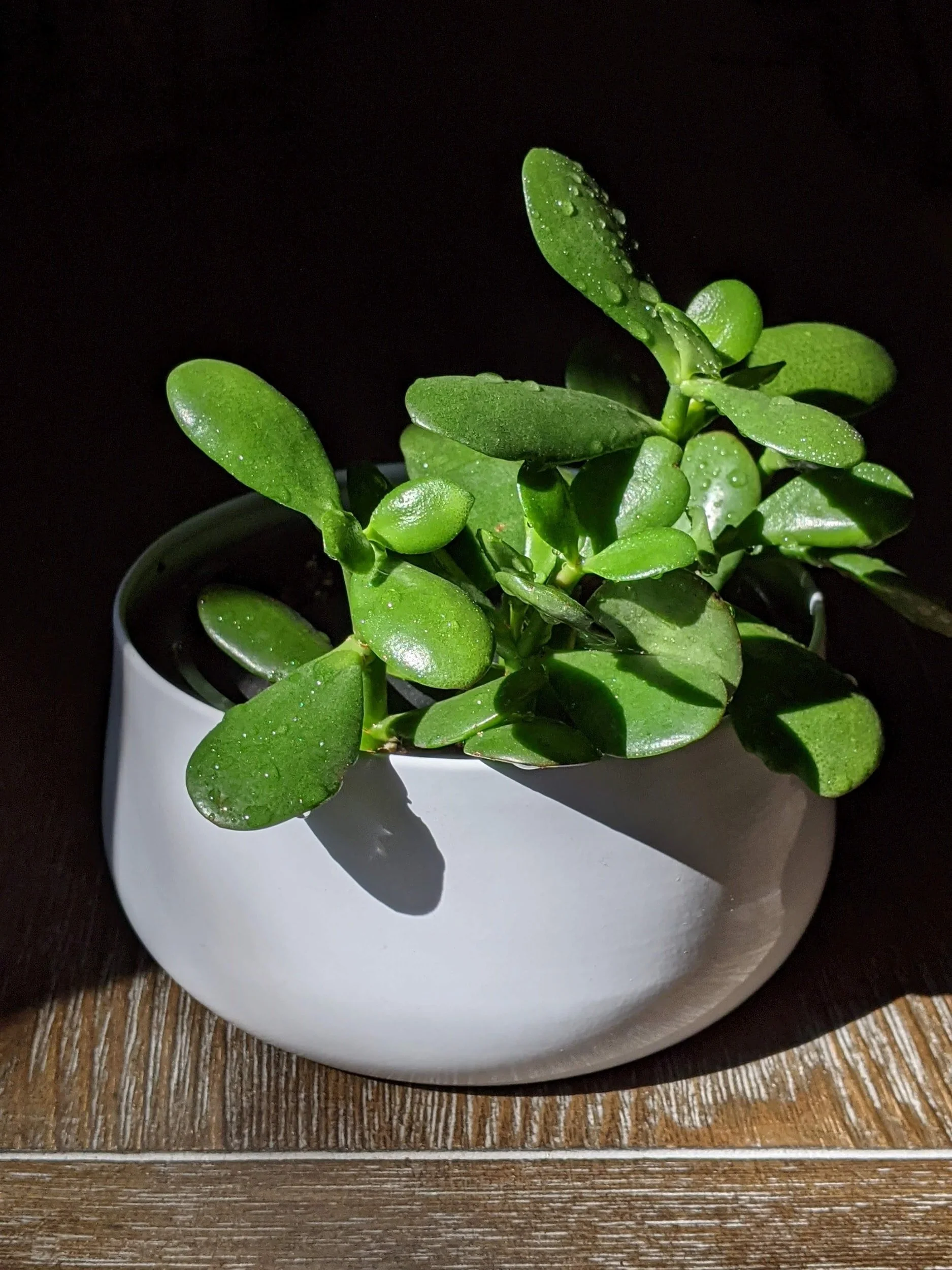Indoor Plants for Every Lifestyle
If you’re like me and love having real plants in your house but aren’t necessarily the best plant parent, then you might want to keep reading. I’ve compiled a list of the perfect house plants for how you live; whether you’re super busy and tend to forget to feed your plants or you live in a space with little sunlight, I’ve got you covered.
-Taylor Connell
Health Benefits
While house plants are great for adding an extra pop of color and natural feel to your living space, they also promote healthy living! Plants naturally clean the air around them by filtering dust and contaminants out of it. They also decrease the carbon dioxide levels in the air while increasing the oxygen levels. Another thing plants help with is increasing humidity levels by replenishing moisture that’s been taken out by central air systems
Additionally, house plants reduce noise by acting as sound barriers and absorbing sound waves. House plants also provide a sort of insulation that warms your house in the winter and keeps it cool in the summer. But, the best health benefit that house plants provide is their ability to lift our moods and make us feel calmer and more optimistic.
Plants for Negligent Plant Parents
Cacti and succulents are great for those who tend to forget about their plant children because they don’t require all that much care to keep them alive. Due to their ability to store water in their leaves, stems, or roots they only need to be watered once a week. If their pot doesn’t have good drainage then only water them sparingly to moisten the soil. Also, make sure the soil dries between each watering so their roots don’t rot. Since cacti and succulents are native to warm areas, put them in an area with bright, indirect light like a windowsill, but keep them out of direct sunlight because they are prone to sunburns. When it comes to soil, they like well-aerated and fast-draining soil, so a perlite or pumice mixed soil will work well.
Make it stand out
Plants That Require Little Light
The heart leaf philodendron is a great plant for rooms that don’t get a lot of light because they don’t necessarily need all that much. Also, they’re great for offices because they thrive under fluorescent lights. This beautiful leafy green plant is great in hanging pots or a pot next to a mantel since they love to climb. They’re tolerant of dry air and like an occasional misting on their leaves. It’s really important to keep the leaves clean by wiping them with a damp cloth to keep dust off. Make sure to use room temperature water to keep the soil lightly moist spring through fall and allow the soil to dry in between watering in the winter.
Plants That Love the Sun
Jade plants are great house plants because they’re really easy to grow since they’re a kind of succulent. But, if your home tends to get cold then this is not the plant for you because it loves warm sunny weather. Like other succulents, they don’t like sitting in soil that’s constantly wet, so before you water it stick your finger in the soil to see how wet it is. If the top inch or two is dry then it’s ready to be watered, otherwise, let it be. A good rule of thumb is to water it every 2-3 weeks but you should check it regularly. Also, you should use a good potting soil that allows aeration so the roots don’t rot. A great way to encourage new growth is to prune off dead and shriveled branches.
Plants for Colder Weather
The cape primrose is a great plant for those who live in cooler climates or enjoy living in a cold house. Naturally, they live on the forest floor, so not only do they enjoy the cold they also like low-light conditions. In fact, they thrive in low-light conditions so place them by a window that gets partial light or in bright shade and they’ll grow beautiful deep green leaves. But if they get too much light their leaves will develop a yellowish-green color. The cape primrose tolerates drier soil and its best to allow the potting mix to dry slightly before thoroughly saturating it when you water it. And don’t worry if your cape primrose looks a little wilt-y, it doesn’t harm it. When you water this beautiful flower make sure to put the water directly on the soil and avoid getting water on the leaves, especially cold water, because it will stain them.
Plants That Like it Hot Hot Hot
If you haven’t caught on by now, succulents are great indoor plants, and they’re also one of my favorites! Aloe is a great choice for two reasons: first, they’re super easy to take care of; and second, their juice can be used for medicinal purposes. It is true that aloe loves warm temperature, but as long as they’re in bright indirect light and are in a warmer part of the house it should do just fine. Like other succulents, aloe is prone to root rot so it’s important to plant them in a shallow container made from a porous material, like terra cotta, and has at least one drainage hole at the bottom. Another way to avoid root rot is to use a potting mix, not soil, that contains perlite, lava rock, and coarse sand. Aloe plants can be watered thoroughly but infrequently, a good rule of thumb is to allow the potting mix to dry 1-2 inches below the surface before watering. Additionally, aloe juice can be applied to scrapes and burns to relieve pain!






